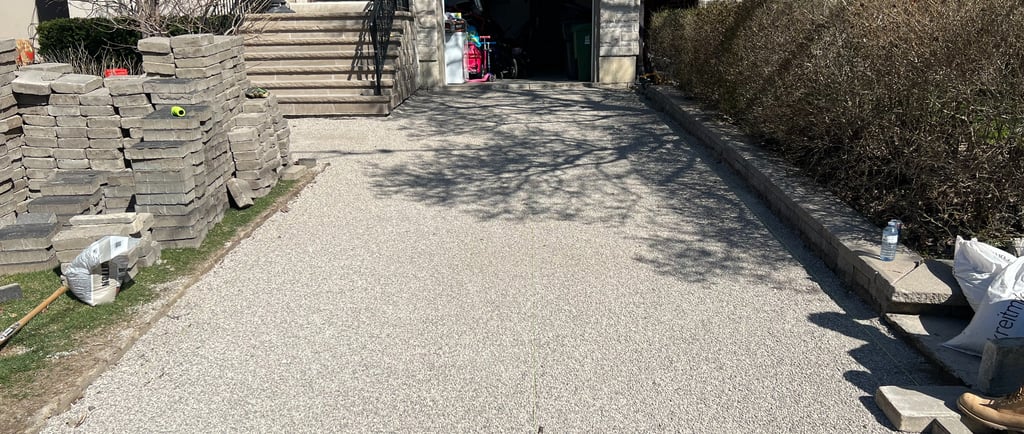how to install interlocking pavers
Installing interlocking pavers is a detailed process that requires preparation and precision to ensure a durable and attractive surface. Here's a step-by-step guide to installing interlocking pavers: 1. Plan and Design Measure the Area: Determine the square footage to estimate the number of pavers and amount of base material needed. Choose Pavers: Select the shape, color, and type of pavers that fit your design preference and functionality needs. Design Layout: Plan the pattern and layout of the pavers. Consider using border pavers for a finished look. 2. Prepare the Site Excavate: Remove sod and excavate the area to a depth of about 7-10 inches (17-25 cm), depending on the paver height and base layers. This depth allows for the base material, sand layer, and pavers. Slope: Ensure a slight slope (about 1% to 2%) away from buildings for water drainage. 3. Install Base Base Material: Lay a base of crushed stone or gravel. Compact the base material using a plate compactor to a depth of about 4-6 inches (10-15 cm), ensuring it is level and stable. Edge Restraints: Install edge restraints around the perimeter to hold the pavers in place. 4. Lay Bedding material Spread hpbp: Over the compacted base, spread a layer of coarse bedding, about 1 to 1.5 inches (2.5 to 4 cm) thick. Level hpb: Use screeding bars and a straight edge to level the sand layer. 5. Install Pavers Lay Pavers: Start from a corner or edge and lay the pavers following your design pattern. Place the pavers directly on the sand without sliding them, which could disturb the sand layer. Cut Pavers: Use a wet saw or paver splitter to cut pavers as needed for edges or obstacles. 6. Compact and Finish Sand Joints: Sweep fine sand over the pavers and into the joints. This helps lock the pavers together. Compact Pavers: Use a plate compactor over the surface to settle the pavers into the sand bed and lock them into place. Repeat the sanding and compacting process until the joints are fully filled. Seal (Optional): Applying a sealer can enhance the color of the pavers and protect the surface from stains and weathering. 7. Clean Up Remove any excess sand or debris from the surface. Tips for Success Underground Utilities: Check for and mark any underground utilities before excavating. Drainage: Ensure proper drainage to prevent water from pooling on the paver surface. Materials: Have extra pavers and sand on hand to account for cuts and adjustments. By following these steps and tips, you can successfully install interlocking pavers and create a durable, attractive outdoor space. It's important to take your time during each phase of the installation to ensure the best results.
INTERLOCK
2/10/20241 min read




